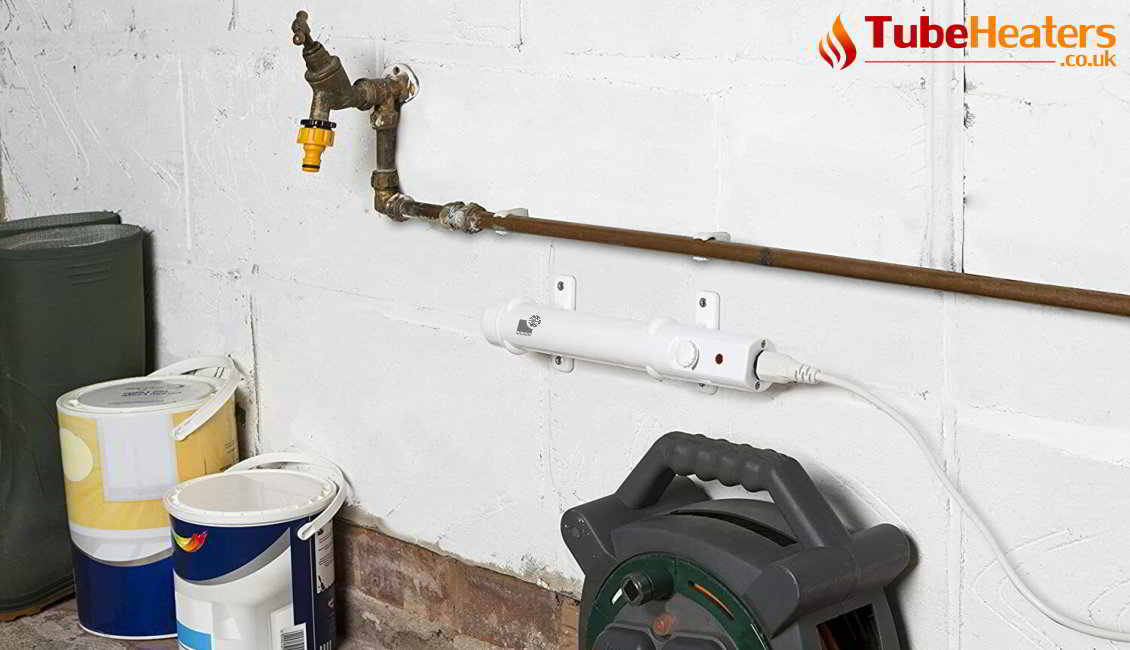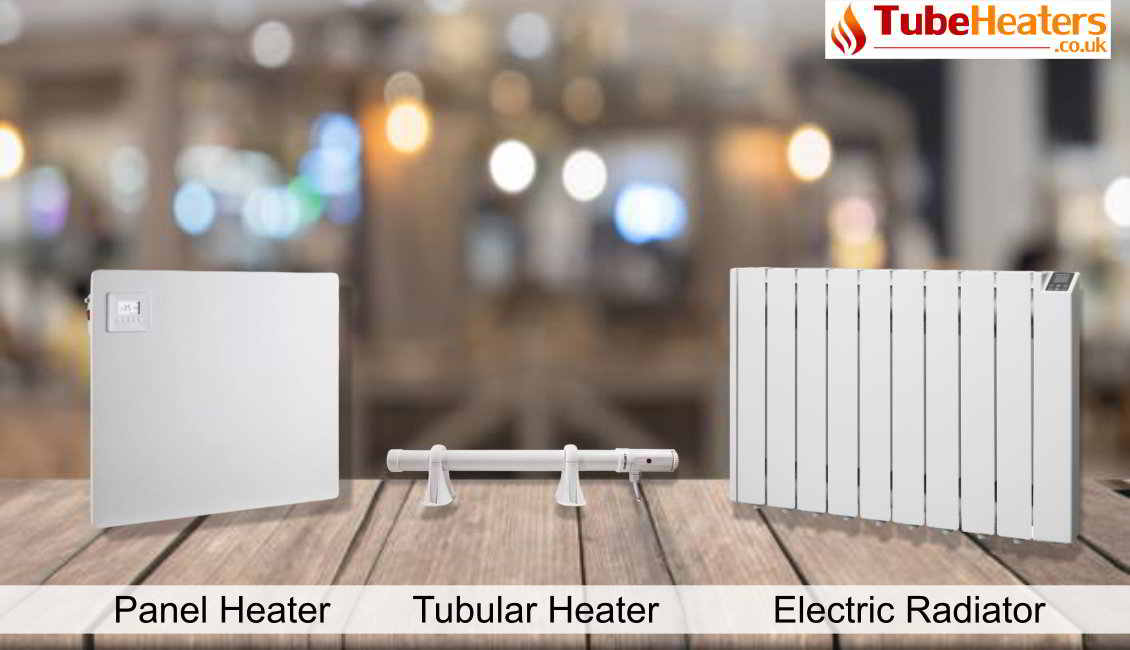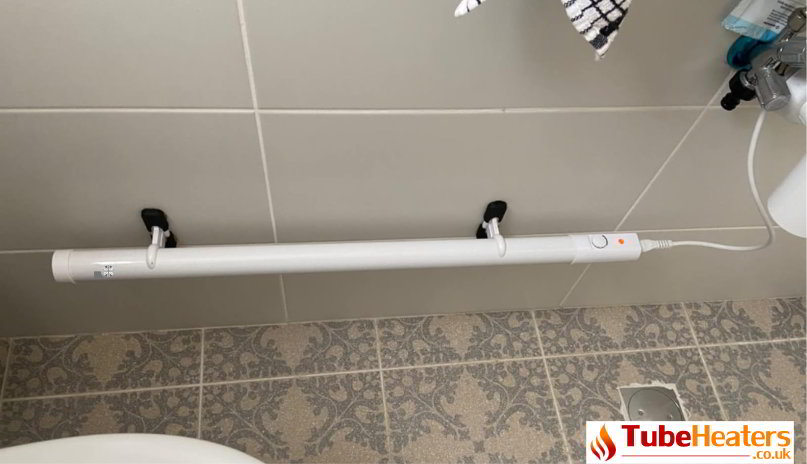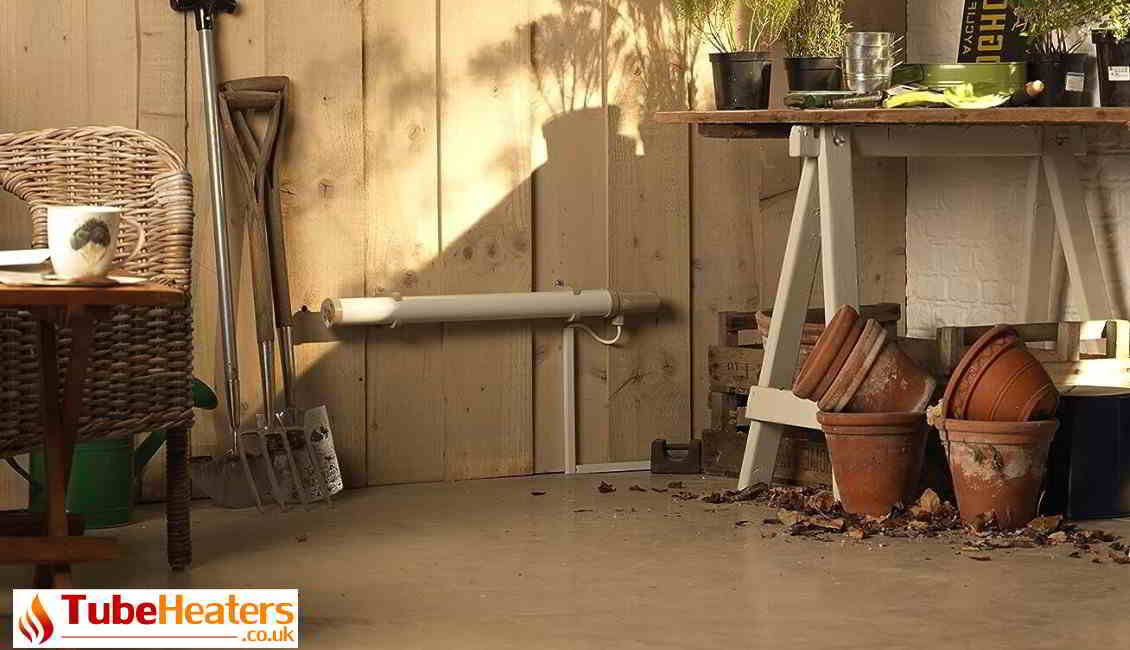
In the quest for a cosy, efficiently heated home without the bulkiness and intrusion of traditional heating systems, wall mount electric heaters have emerged as a beacon of innovation and convenience. With the ability to neatly tuck into any room's aesthetic while providing warmth, these heaters have become a go-to choice for homeowners looking to maximise space and energy efficiency. The importance of choosing the right wall mount electric heater can't be overstated, as it directly impacts not only the comfort of your living environment but also long-term energy consumption and cost-effectiveness. Our exploration into wall mount electric heaters will delve into their benefits, operational cost, and safety, ensuring you're well-equipped to make an informed decision.
This article will guide you through the intricacies of selecting the perfect wall mount electric heater for your needs, covering the spectrum from the benefits of wall-mount electric heaters and comparing different heating technologies, to understanding the types of wall heaters available in the market. Additionally, we will offer practical tips for choosing the right wall-mount electric heater, optimising its use, and answering the most frequently asked questions. By providing a comprehensive overview of wall-mounted electric heaters, including aspects such as energy consumption, running costs, safety, and how to choose an electric wall heater effectively, this ultimate guide aims to empower readers in making a choice that offers warmth, efficiency, and peace of mind.
The Benefits of Wall-Mount Electric Heaters
Cost & Time Effectiveness
Wall-mounted electric heaters are celebrated for their cost-efficiency and minimal installation time. They provide a significant reduction in energy bills, with some models offering the ability to save up to 50% on heating costs. Additionally, their installation is straightforward, often requiring minimal professional assistance, which further reduces upfront costs.
Attractive Aesthetic
The design of wall-mounted electric heaters has evolved to match modern interiors, making them an appealing addition to any room. Available in a variety of finishes, these heaters can seamlessly integrate into both traditional and contemporary settings, enhancing the overall aesthetic without the clutter of traditional radiators.
No On-Going Maintenance Needed
One of the most significant advantages of wall-mounted electric heaters is their lack of maintenance requirements. Unlike traditional heating systems that often need regular servicing, these electric heaters are maintenance-free, eliminating the need for frequent professional check-ups and potential repair costs.
Types of Wall Heaters
Electric Radiators
Electric radiators provide an efficient heating solution, converting every watt of electricity into usable heat. They are ideal for consistent, cost-effective warmth and are easy to install without the need for extensive pipework. These units can be either filled with a thermal fluid or use a dry element to store and radiate heat, offering a combination of convection and radiant heating methods. This dual approach ensures a quick response and sustained warmth, making electric radiators a reliable primary heat source.
Panel Heaters
Panel heaters operate primarily through convection, heating the surrounding air quickly and efficiently. They are typically more affordable and are best used for short-term heating due to their rapid heat-up times. However, they can be less energy-efficient over prolonged use, potentially leading to higher electricity costs if used as a main heating source. Panel heaters are available in various designs, including slim, wall-mounted models that can be easily integrated into any room without taking up much space.
Tubular Heaters
Tubular heaters, also known as tube heaters, are a type of electric heater that consists of a long, cylindrical tube filled with a heating element, usually a resistive coil or a thermoelectric material. They are often used for space heating, particularly in areas where gentle, consistent heat is required, such as in bathrooms, garages, greenhouses, sheds, airing cupboards, wardrobes, or conservatories. Tubular heaters are known for their energy efficiency, safety, and low maintenance, as they do not have moving parts or fans that can spread dust and allergens. They are also relatively quiet and can be mounted on walls, making them a discreet and convenient heating solution.
Here's a comparison of Electric Radiators and Panel Heaters:
A small comparison
Tubular heaters, Electric Radiators, and Panel Heaters are all popular electric heating options, but they have distinct differences.
● Tubular heaters are plug-in heaters, known for their gentle, consistent heat and are often used in areas where low-level heat is required.
● Electric radiators, on the other hand, provide a more intense, radiant heat that warms objects and people directly, making them suitable for larger spaces.
● Panel heaters, which warm spaces through convection, are generally the quickest to heat up a room but may not be as energy efficient as tubular heaters or electric radiators.
Ultimately, the choice between these three options depends on the specific heating needs and preferences of the user.
Please find more details about the power consumption of each solution in the FAQs section below.
Tips for Choosing the Right Wall Mounted Electric Heater
Know Your Room Size
When selecting the right wall-mount electric heater, the first step is to understand the size of the room you intend to heat. The wattage required from your electric radiators depends on the room's size, insulation quality, and location.
Consider the Purpose
Wall-mounted electric heaters are typically designed for smaller spaces or supplemental heating. They may not be powerful enough to adequately heat larger rooms or entire homes. It's crucial to match the heater's capacity with its intended use to avoid inefficiencies and increased electricity costs.
Match Power Supply
Before installation, ensure that the power supply matches the requirements of the electric heater. Check if your electricity supply can handle the load, especially for higher-wattage units. Incorrect power supply matching can lead to safety risks and inefficient operations.
Safety features
Safety is paramount when choosing an electric heater. Look for models with safety certifications like UL or CE to ensure they meet high safety standards. Additionally, consider heaters with advanced safety features such as automatic shut-off, overheat protection, and sturdy installation options to prevent accidents.
How to Optimise the Use of Wall Mounted Electric Heaters
Setting the Right Temperature
To ensure energy efficiency and comfort, setting the right temperature on your wall-mounted electric heaters is crucial. It is recommended to maintain an average room temperature of 21 degrees Celsius for an optimal balance between consumption and comfort. Additionally, modern electric heaters come with programmable thermostats that allow precise temperature control to within ±0.1 °C, ensuring your room is never overheated or too cold.
Maintenance Tips
Electric heaters are relatively low maintenance. However, to optimise their efficiency and longevity, a simple dusting is recommended occasionally. For those with programmable features, ensure that settings like open window detection and adaptive start are enabled, as these can significantly reduce unnecessary energy use.
Using Programming Features
Leveraging advanced programming features can greatly enhance the efficiency of electric heaters. Weekly programming allows the heater's operation to align with your daily routine, preventing energy waste by heating only when necessary.
Energy-saving Tips
To reduce running costs, consider only heating the rooms you use most. Lowering the thermostat by just a few degrees can result in significant savings, especially during warmer months when natural warmth suffices. Additionally, using features like motion detection technology can prevent heating in unoccupied rooms, further optimising energy use.
Conclusion
Throughout this article, we've navigated the diverse world of wall mounted electric heaters, exploring their benefits, cost-effectiveness, and how to choose the right one for your needs. Whether your priority lies in energy efficiency, aesthetic appeal, or the innovative features of modern heaters, making an informed choice ensures your home remains a warm and inviting space without imposing unnecessary costs or safety concerns. The comparison of various heating technologies highlighted the adaptability of electric heaters to different environments and needs, showcasing their versatility as a primary heating solution.
The journey through selecting the perfect wall-mounted electric heater culminates in understanding that the right choice can significantly impact both comfort and electricity consumption. With tube heaters, particularly our Morris tube heaters, offering an efficient and cost-effective way to heat your space, they stand out as a compelling option for those seeking economy and efficacy. We invite you to buy our Morris tube heaters and share your comments about the insights provided in this article. Remember, the key to a warmer, more efficient home lies in choosing a heater that aligns with your specific needs, ensuring your comfort through the colder months while keeping energy costs in check.

FAQs
Do wall mounted heaters use a lot of electricity?
Wall-mounted electric heaters are often considered for their efficiency; however, the amount of electricity they use can vary. For instance, high-output models may consume more power, especially when used frequently or for prolonged periods.
Which electric wall heater is the cheapest to run?
Electric radiators
The average power consumption of an electric radiator, also known as a space heater, is around 1,500 watts (W) of electricity. Electric radiators can have a wide range of power consumption, starting from 250 watts and going up to 2500 watts or more, depending on the size and type of radiator.
This means the cost of running a wall-mounted electric radiator for 24 hours is £7.92 based on the standard electricity tariff for the UK (22.3p/kWh) (1 July to 30 September 2024).
Panel heaters
The average power consumption of panel heaters is 1,400 watts. Their power consumption starts at 300 watts in the smallest models and goes up to 2500 watts in the most powerful models.
The cost of running a panel heater for 24 hours is £7.39 based on the above tariff.
Tube heaters
The average power consumption of a tube heater is around 120 watts (W) of electricity. The range of the tube heater's power consumption depends on the size, from 1 (with running cost 1p per hour) to 4 feet. Starting at 55 watts and going up to 190 watts.
The cost of running an average-sized tube heater for 24 hours is much lower (compared to electric radiators or panel heaters), at 0.63p based on the above tariff.
What is the cheapest way to heat a room with electricity?
Based on the above calculations, the cheapest way to heat a room with wall mount electric heaters is by far the tube heaters. For example, to run an electric radiator for 24 hours, it will cost £7.92; for a panel heater, it will cost £7.39; and for a tube heater, it will cost 0.63p.
Are wall mounted electric heaters good?
Wall mounted electric heaters offer numerous benefits, including space-saving designs, efficient heating, and reduced maintenance needs. They are particularly effective for heating individual rooms or smaller spaces.
What are the disadvantages of wall heaters?
Some common drawbacks of wall-mounted electric heaters include limited heating capacity, potentially higher electricity costs compared to other heating methods, uneven heating distribution, and aesthetic concerns as they may not blend well with all types of decor.
How much does it cost to run a 1,500-watt heater for 24 hours?
Running a 1,500-watt heater continuously for 24 hours would typically cost about £7.92, based on the current standard electricity tariff in the UK (22.3 p/kWh) (1 July to 30 September 2024).
Let’s analyse it:
1500w/1000 = 1.5kW
1.5kW x 24h = 36kWh
36 x 0.22 = 7.92p
Can I leave a wall heater on all the time?
It is generally safe to leave wall-mounted electric heaters on continuously, especially models designed with advanced safety features and thermostatic controls like Morris tube heaters. However, it is crucial to ensure they are installed correctly and free from any obstructions.
How safe are wall-mounted electric heaters?
Wall-mounted electric heaters are considered safe when installed properly and used according to the manufacturer's guidelines. Many models come with safety features such as automatic shut-off and overheat protection, like Morris tube heaters, to prevent accidents.


About the Author: Noah Williams
Meet Noah Williams—TubeHeaters.co.uk’s go-to expert for all things tube heating. With a decade of hands-on experience, he’s helped countless customers solve challenges like damp garages, chilly greenhouses, and drafty workshops. Noah’s advice blends technical know-how with real-world testing, so you can confidently choose heaters that are efficient, affordable, and planet-friendly.





Leave a Comment